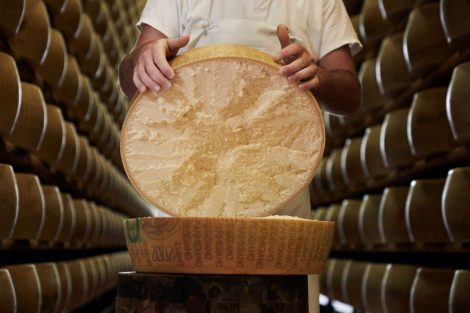Broad beans. The somewhat forgotten cousins of the springtime legume stars: peas. Yet, there’s one day when broad beans, especially in Rome and the Lazio region, take centre stage: the First of May. It’s an ancient tradition, dating back to Roman times, to eat them with pecorino cheese on the national holiday dedicated to workers. The fresh, vegetal taste of the beans eaten raw, straight from the pod, contrasts beautifully with the saltiness of Roman pecorino—a classic flavour combination that evokes memories of spring picnics.
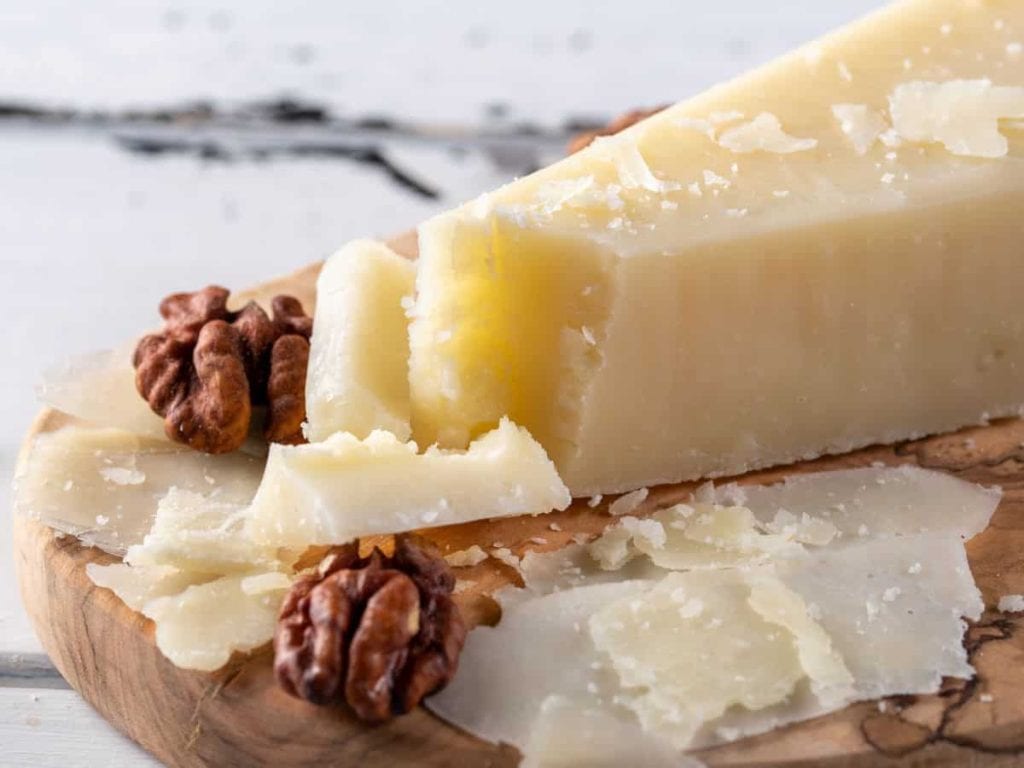
Whether it’s Roman pecorino, Pienza (a bit saltier), Castel Gandolfo (softer), or Sardinian (more pungent), pecorino cheese is always suitable—as deli owner Rudy Ruggeri explains—but the broad beans must be fresh and of excellent quality (remember, the pod should be a bright green colour, without yellowing or blemishes, and should give a crisp snap when opened—signs of freshness).
Broad beans and Pecorino for May Day
The pairing dates back to the time of the ancient Romans, during the festival dedicated to Flora, the pagan goddess of spring, who was honoured in those days to celebrate the arrival of spring and the renewal of nature. As Treccani reports, in 241 BC the Floralia were established—celebrations in honour of the goddess, held from 28 April to 3 May. And what do broad beans have to do with it? Fresh legumes, seasonal produce, were plentiful at that time of year and were considered symbols of fertility and prosperity.
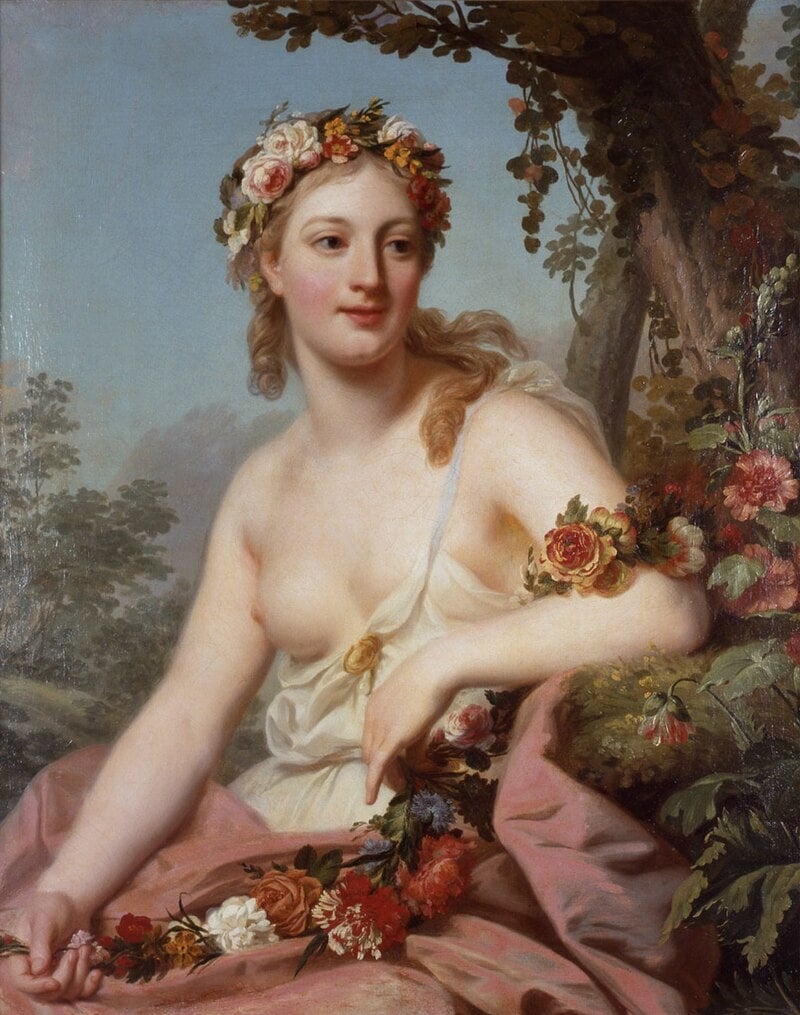
Flora, by Alexander Roslin
The union with pecorino came naturally, as it was one of the most widespread local products—easy to find and transport. And then, the sweetness of the beans with their slightly bitter aftertaste paired perfectly with the saltiness and spiciness of Roman pecorino—a match made in flavour heaven. During the Floralia—when men and women let go of the inhibitions of daily life—amidst games, songs and dancing in celebration of spring, it was also tradition to toss broad bean pods into the air, as a symbol of luck and abundance.

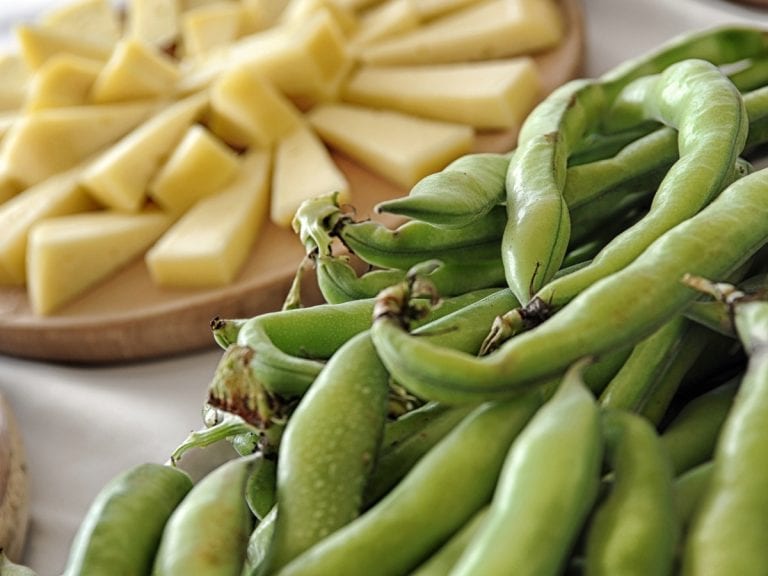
 The perfect pairing? Wine and books
The perfect pairing? Wine and books 2025 was the year of Trump's tariffs – will 2026 be better for Italian wine in the US?
2025 was the year of Trump's tariffs – will 2026 be better for Italian wine in the US?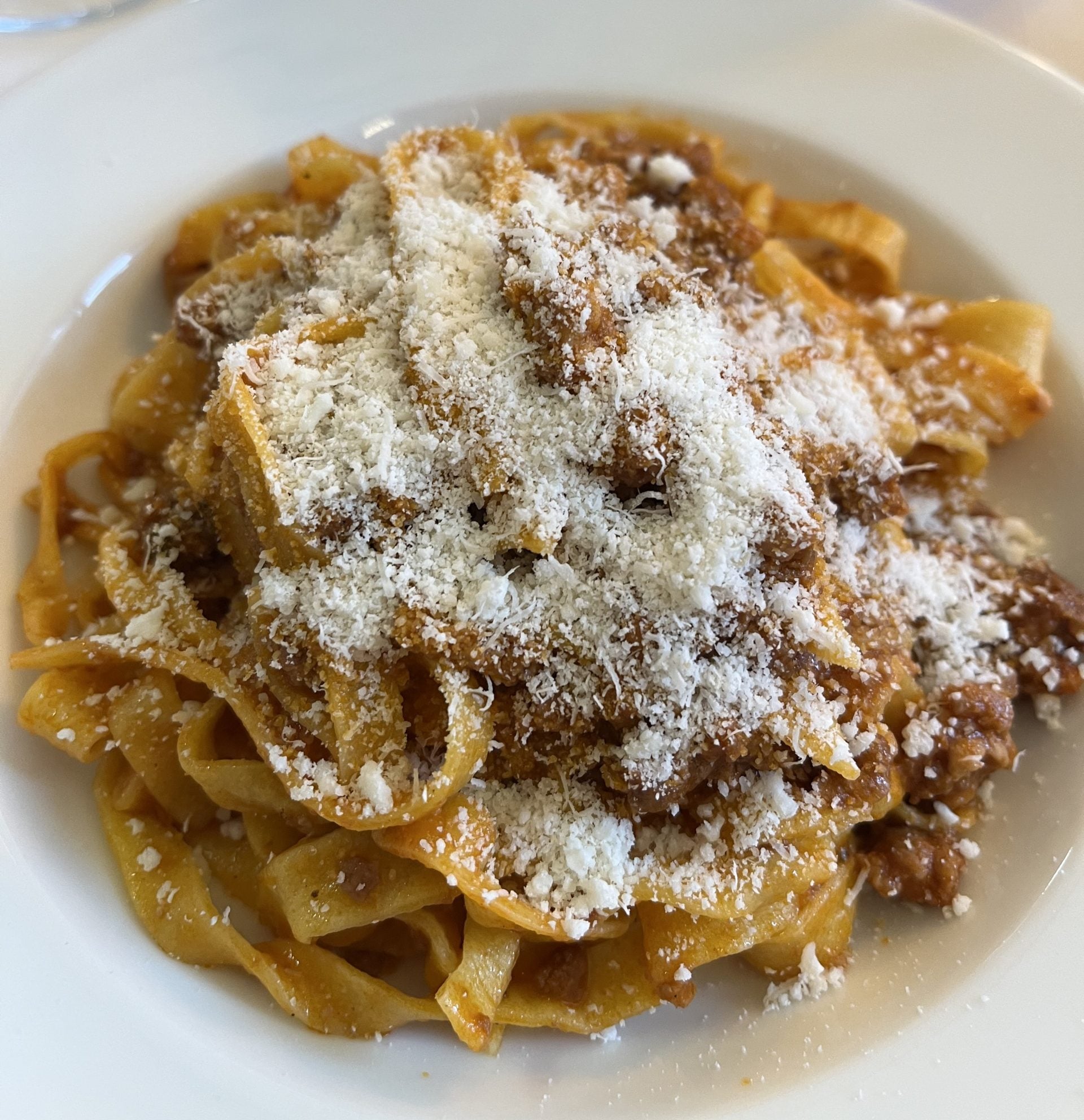 Italian cuisine recognised by UNESCO
Italian cuisine recognised by UNESCO Where is English sparkling wine going?
Where is English sparkling wine going?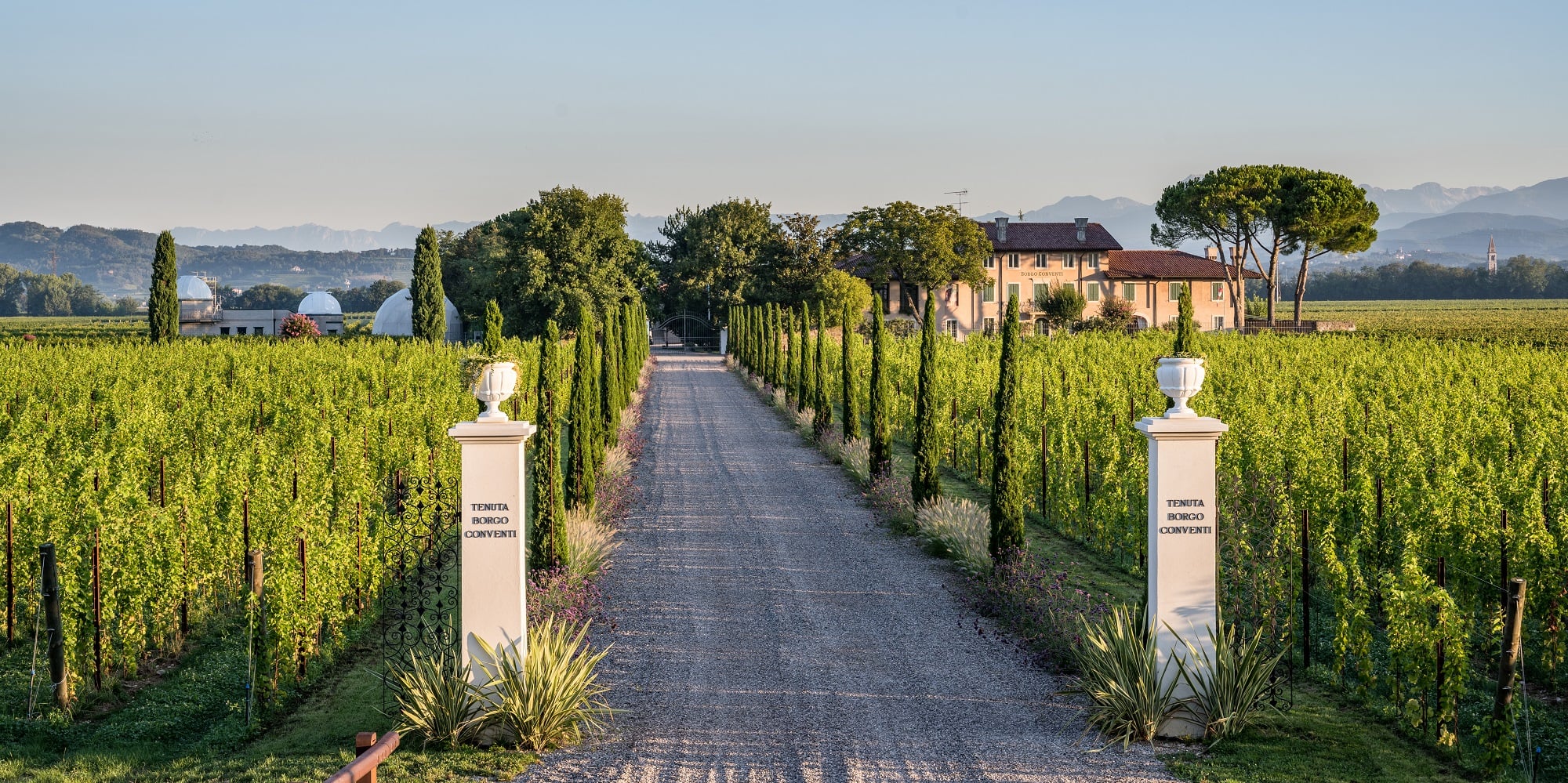 Why Borgo Conventi's Luna di Ponca should be on your radar
Why Borgo Conventi's Luna di Ponca should be on your radar
